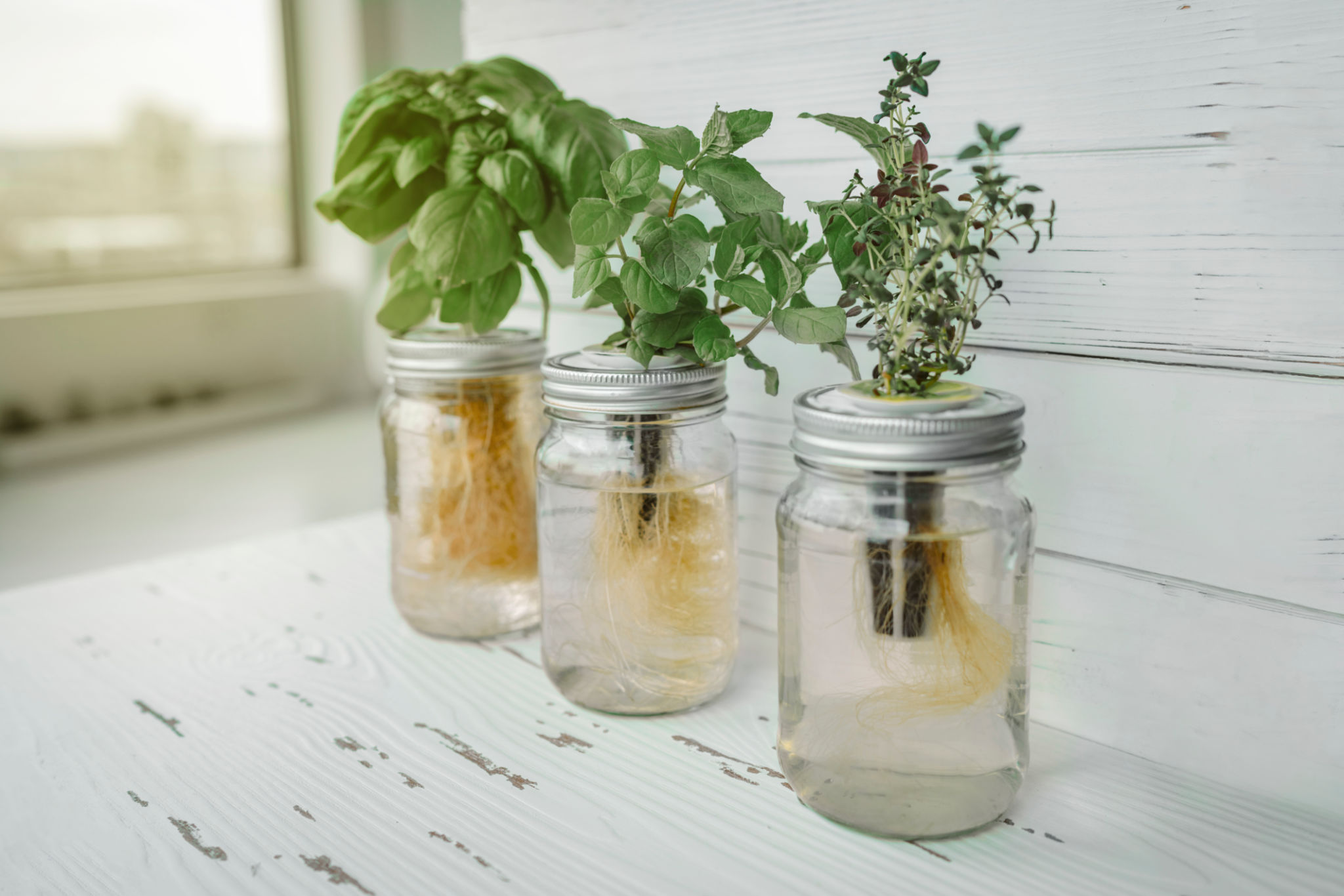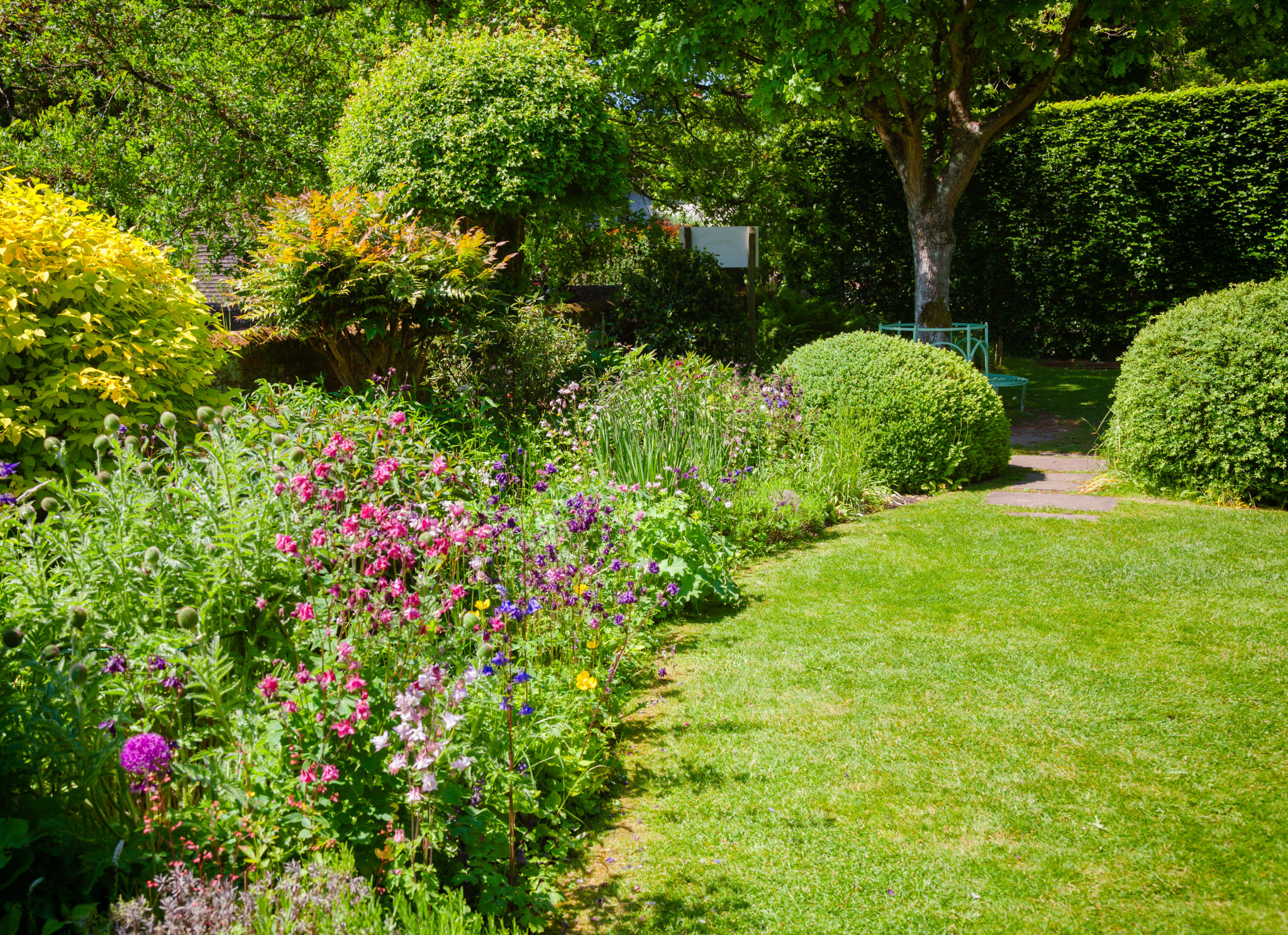Hydroponic Systems vs. Traditional Soil Gardens: Which is Better for Small Yards?
Understanding Hydroponic Systems
Hydroponic gardening is an innovative method of growing plants without soil, using nutrient-rich water solutions instead. This technique is gaining popularity, especially among urban gardeners and those with limited outdoor space. But how does it stack up against traditional soil gardening, particularly for small yards? Let's explore the benefits and potential drawbacks of each method.

Advantages of Hydroponic Systems
One of the primary advantages of hydroponic systems is their space efficiency. Because plants are grown in water, you can utilize vertical space much more effectively. This is a significant benefit for those with small yards or even just a balcony. Additionally, hydroponic systems often result in faster plant growth and higher yields because nutrients are delivered directly to the plant roots.
Another advantage is the control over growing conditions. With hydroponics, you can precisely manage nutrients, pH levels, and water quality, which can lead to healthier plants. Moreover, this method reduces the risk of soil-borne diseases and pests.
The Appeal of Traditional Soil Gardens
Traditional soil gardening, on the other hand, has its own set of benefits. Many gardeners appreciate the hands-on experience and connection with nature that comes from working with soil. Soil gardens also tend to be more forgiving; they don’t require the same level of technical knowledge as hydroponics.

Benefits of Soil Gardens
Soil gardens can be less expensive to start than hydroponic systems, as they don’t require specialized equipment. For those with small yards, raised bed gardens can be a great solution, offering efficient use of space while maintaining the natural benefits of soil.
Moreover, soil acts as a natural buffer for nutrients, which means that traditional gardens might sustain themselves longer without constant monitoring and adjustment.
Comparing Costs and Maintenance
When it comes to initial setup costs, hydroponic systems can be more expensive due to the need for pumps, reservoirs, and grow lights. However, they can be more economical in the long run due to higher productivity and reduced water usage. Traditional gardens might require more water and ongoing maintenance but have lower upfront costs.

Maintenance Requirements
Hydroponic systems demand more monitoring and maintenance to ensure optimal conditions, which can be a learning curve for beginners. Soil gardens, while less precise, require regular weeding and pest control activities. Thus, the choice may depend on how much time and effort you are willing to invest in your garden.
Conclusion: Which is Better for Small Yards?
Ultimately, the decision between hydroponic systems and traditional soil gardens for small yards depends on your personal preferences and gardening goals. If you’re looking for efficiency and control and are willing to invest in setup and maintenance, hydroponics might be the way to go. However, if you prefer a more traditional approach with lower initial costs and enjoy the tactile experience of gardening, a soil garden could be more suitable.
No matter which method you choose, both offer rewarding experiences and the joy of growing your own plants in limited spaces.